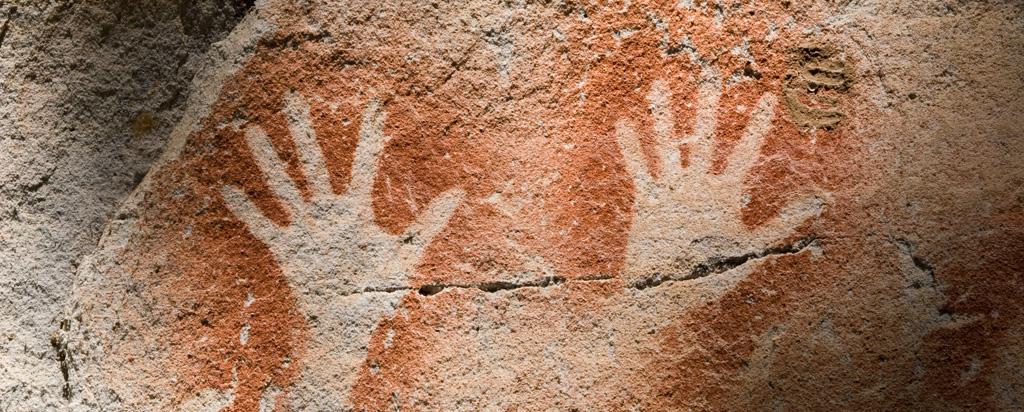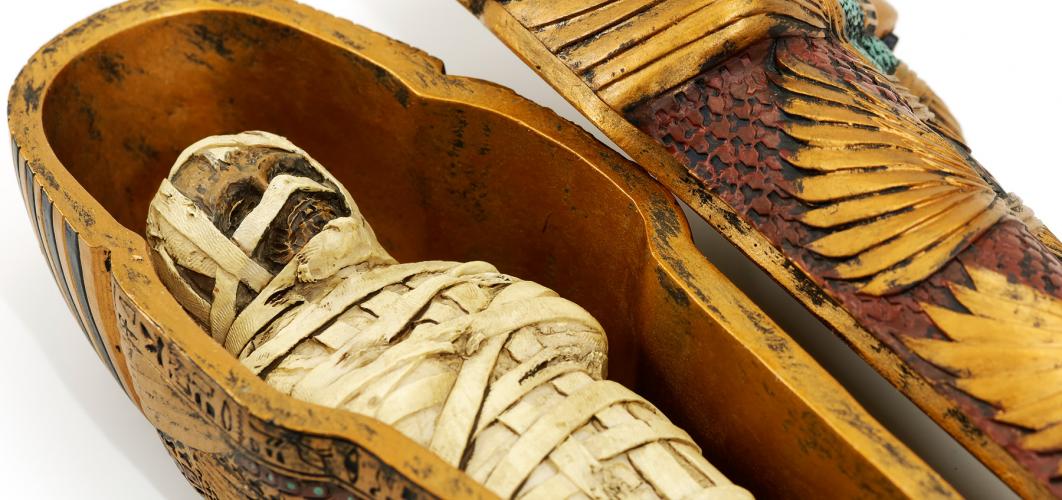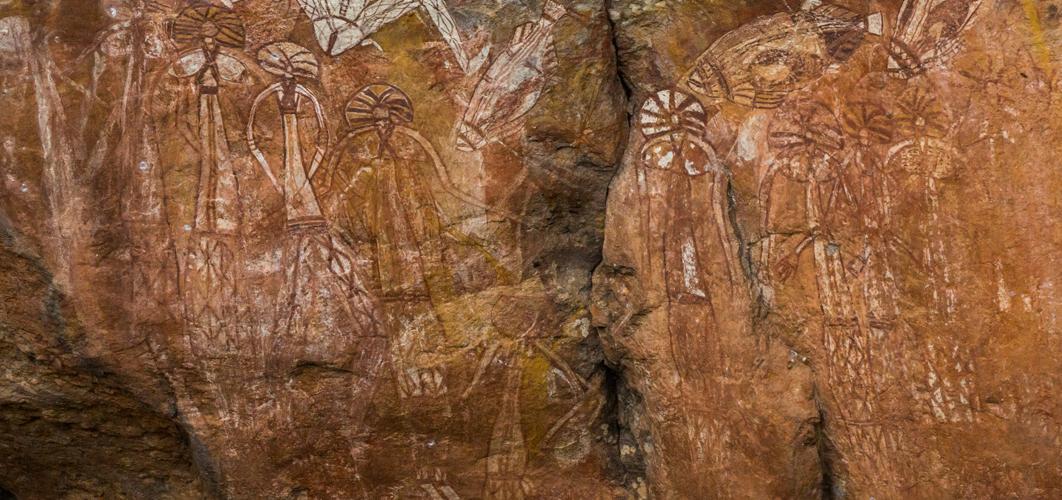The page you requested does not exist. For your convenience, a search was performed below using the query ansto environment1 capabilities coa01.

Cultural Heritage
ANSTO offers a wide range of unique nuclear-beam techniques to look at the structure and dynamics of materials from the atomic to the macroscopic scale providing complementary information. These powerful and versatile tools are superb probes to be used in tandem with traditional methods to extract maximum information from an object without the need for sampling or invasive procedures.











